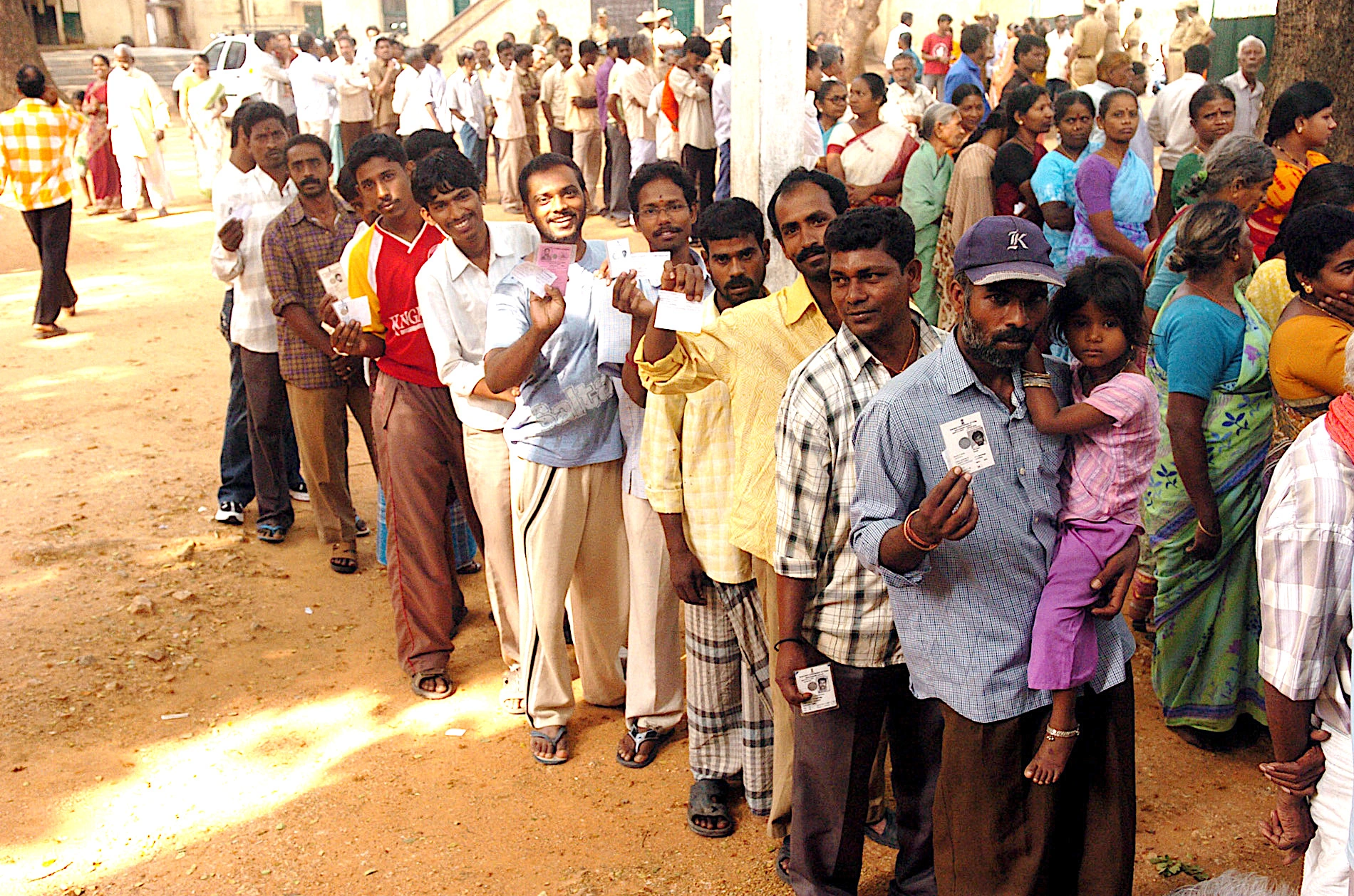India has a remarkable demographic profile. It is now one of the largest economies to have a very young population. The Economic Survey of India 2023–24 (hereafter, the Survey) points out that the median age in India is in the late twenties. This is again substantially lower than older, comparable economies; therefore, there is the opportunity for productivity and growth. Emerging from this youthful structure are openings, which are often referred to as demographic dividends. Demographic dividends mean that as a country has a greater number of working-age people, there is the likelihood of growth via good jobs.
However, dividends are not a guarantee. The Survey makes it unequivocally clear that when there is a youth bulge without good job production, skilling, and inclusive participation, then these opportunities can be fleeting, in other words, a demographic disaster. My argument is simple; population policy must be jobs-first. In other words, there needs to be a macroeconomic strategy, targeted sectoral action, skilling, and gender-sensitive policy to utilize the demographic dividend to produce sustained human capital and output.
India’s demographic advantage: the objective case for optimism
India’s demographic trends present a compelling structural case for optimism. The dependency ratio (the number of dependents – children and elderly – relative to 100 working-age people) has moved progressively in favour of India in the past decade and is likely to remain low for some time. The Survey shows that the total dependency ratio has decreased from about 64.6% in 2011 to about 55.7% in 2021, and is likely to continue decreasing in the near future.
Meanwhile, the absolute size of the working-age population has dramatically increased and will remain large for decades to come. More workers and fewer dependents together create textbook conditions for faster growth – assuming these workers are productively absorbed.
However, regional heterogeneity adds complexity to this. Southern states, such as Kerala and Tamil Nadu, are aging sooner while northern and central states such as Uttar Pradesh, Bihar, and parts of central India will continue to produce young workers for much longer. A one-size-fits-all jobs policy will not work; India will need a differentiated jobs strategy that matches local labour supply to industry clusters and training capacity.
The employment challenge: quantity and quality both matter
The Economic Survey 2024 reports positive changes post-COVID, showing that all-India unemployment reduced from 6.0% in 2017–18 to 3.2% in 2023–24, that the Labour Force Participation Rate (LFPR) increased to 45.1%, and that the Worker Population Ratio (WPR) increased to 43.7%. However, this good news belies underlying, more systemic concerns. There are only 12 of 36 states and Union Territories that surpass national average LFPR and WPR, indicating un-totally-favorable access to the job market. Quality of jobs is also a concern, as self-employment grew from 52.2% to 58.4%. Rather, regular salaried employment remains relatively low in frequency or access, though there is an increase, and casual employment has fallen with most of it shifting to own-account work, or self-employed work that is not necessarily a secure, salaried job with benefits. A great deal of employment generation continues to be low-productivity and informal employment, particularly in both agriculture and services. Between now and 2030, in order to meet the growing job-seeking population and their expectations, the economy should be generating on average 78.5 lakh non-farm employment opportunities each year.
The gender dimension: A central test of India’s strategy
The gender gap represents both an economic and moral failure. The Economic Survey 2024 shows prominent increases in female labour force participation in many states, with several states reporting double digit increases in both LFPR and WPR since 2017–18.
However, the structure of female employment in India remains concerning. A growing share of women are either working in agriculture or are own-account workers, and overall regular salaried job share for men has dropped in rural areas (from 10.5% in 2017–18 to 7.8% in 2023–24 for men in rural regular wage jobs). The Survey also shows that women’s participation in agriculture sharply increased, with female workers in agriculture rising to 57.0% in 2017–18 to 64.4% in 2023–24. Together, these trends indicate that many women are either unable to transition into higher productivity, non-farm labour or are being forced into poorly paid and informal jobs.
Policy must not only encourage women to engage in the labour force, but also encourage access to better jobs, defined as paid, secure and skills-based jobs. This will require investment in childcare, safe transport (the Economic Survey 2024 specifically points out the importance of mobility), skills development targeted towards women, and flexibility in workplaces.
A jobs-first policy package (what needs to be done)
Given the available data and its potential implications for jobs and livelihoods, India’s population policy must adapt to be an integrated jobs-first strategy operating under four pillars of action:
1. Targeted, labour-intensive industrial policy
A coordinated push in targeted labour-intensive industries — textiles, electronics assembly, and green manufacturing clusters — can produce large-scale, formal employment. Government interventions—such as the Production-Linked Incentives (PLIs) program, and the use of industrial clusters—should operate on spatial targeting to avoid benefitting a few regions to the detriment of others.
2. Mass education, skilling, and apprenticeship partnerships
The Economic Survey 2024 points out ongoing mismatches between education and employability. Training and skilling interventions must listen to the needs of employers, and priorities must include local industry clusters, digital skills, and green technologies. Public acceptance of vocational education by families and communities must be strengthened, particularly where families expect the educational pathways to equate to job opportunities.
3. Gender-specific policies in the labour market
In addition to encouragement, women need human and structural resources to mobilise in the labour market. Investments need to be made in childcare, safe and reliable transport, subsidised services, flexible scheduling, and more.The government can further incentivize firms to offer quality jobs that respond to gender through subsidies or tax incentives.The survey outlines that removing regulatory and legal barriers and increasing access to credit and financial services are key to women’s full labour market potential.
4. Moves towards formalisation of employment and social protections.
India must gradually facilitate a shift from precarious self-employment to micro-enterprise, and later a shift toward secure wage employment. This will require access to credit, market linkages and portable social protections for workers in the informal sector (specific emphasis on workers in non-agricultural activities). By supporting access to both capital and social protection, the policy can improve the quality of jobs, even as ultimate productivity is enhanced in the longer term.
The risks of inaction
If the jobs imperative is neglected, India will face three connected risks. First, a significant group of educated youth, under-further valued and without decent work can spark social and economic frustration. Second, the continuity of informality with low productivity threatens widening inequality levels and vulnerabilities in returns to human capital investments. Third and finally, the demographic window is limited – by the mid-2030s to 2040s India will start to feel increasing pressures around ageing like other economies within Asia. In other words, time is short. The Economic Survey 2024 demonstrates this urgency by predicting that India will need to create an average of 78.5 lakh non-farm jobs per year till 2030 to accommodate its growing labour supply.
Conclusion: A conditional dividend
India’s demographic dividend is conditional rather than automatic. As shown in Chapter XII of Economic Survey 2024, rising labour force participation rates, declining unemployment rates, and an increasing working age population provide a generally encouraging context, but these conditions on their own do not ensure prosperity, unless supported by large-scale employment-led policy reform.
The solution is a jobs-first population agenda that coherently brings together skilling, industrial policy, women’s empowerment, and social protection under a single delivery-oriented umbrella. Only then, can the people of India convert its demographic advantage into a sustained basis for growth and shared prosperity.
Disclaimer: The views expressed in this article are the author’s own. They do not necessarily reflect the editorial policy of the South Asia Times.







